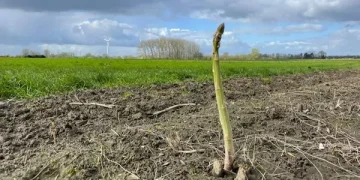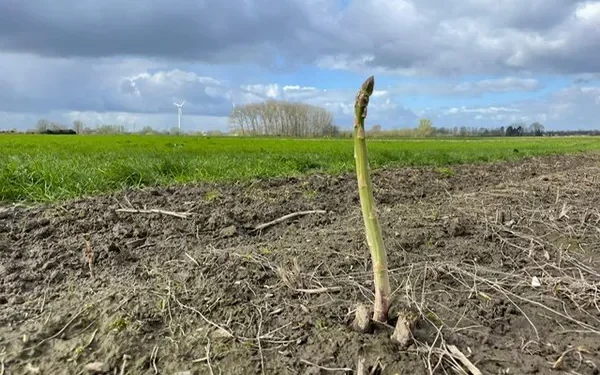Assessing the Effects of Reduced Rainfall on Vegetable Crops in Europe
Farmers and stakeholders in the European vegetable industry are grappling with significant challenges posed by reduced rainfall, particularly in regions like Kenya. The implications for crop recovery and market dynamics are profound, demanding strategic responses to sustain agricultural productivity amidst climate variability.
The recent meteorological forecasts have raised alarms among growers, indicating potentially adverse impacts on vegetable crops due to decreased precipitation. As water scarcity becomes more pronounced, concerns grow over the ability of crops to maintain optimal growth and yield levels. This situation not only threatens immediate harvests but also affects market stability and pricing dynamics across the vegetable sector.
In response to these challenges, ongoing relief efforts are underway, focusing on innovative strategies to support sustainable agriculture. These efforts include enhanced water management practices, the adoption of drought-resistant crop varieties, and the promotion of efficient irrigation techniques. Such measures aim to mitigate the impact of erratic weather patterns on crop yields and ensure the continuity of vegetable supply chains.
The resilience of vegetable cultivation in diverse soil types, such as sand/loam, highlights the industry’s adaptability to varying climatic conditions. This soil composition allows for adequate drainage while retaining essential moisture levels critical for crop health. Farmers leverage these natural advantages to navigate through periods of reduced rainfall, maintaining the quality and productivity of vegetable crops despite environmental challenges.
Katrien, an experienced grower, underscores the unique characteristics and market dynamics of green asparagus versus white asparagus. She notes the resilience of green asparagus to weather fluctuations, making it a preferred choice for both growers and consumers alike. The distinct seasonality and pricing dynamics of these varieties further illustrate the industry’s response to climatic variability and market demands.
As Europe anticipates fluctuations in vegetable production and market prices, stakeholders remain vigilant in implementing adaptive strategies. The integration of sustainable practices and technological innovations emerges as a cornerstone in safeguarding the resilience and economic viability of the European vegetable industry.
































